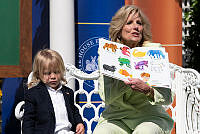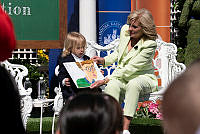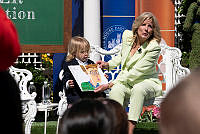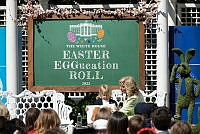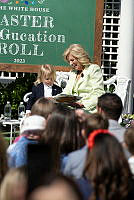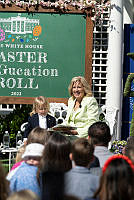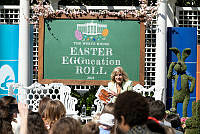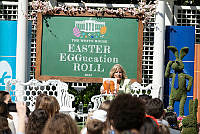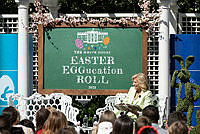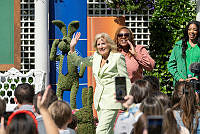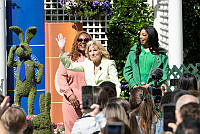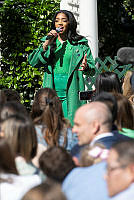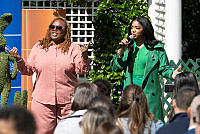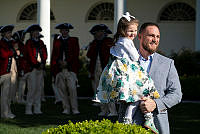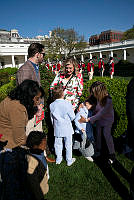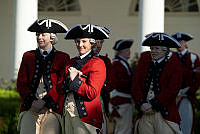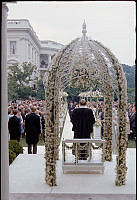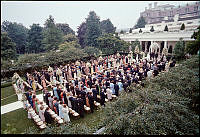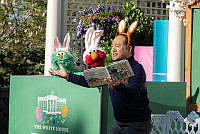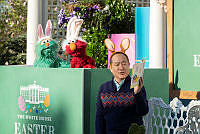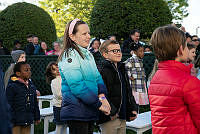The West Wing: 1950-1974
Copyright © White House Historical Association. All rights reserved under international copyright conventions. No part of this article may be reproduced or utilized in any form or by any means, electronic or mechanical, including photocopying, recording, or by any information storage and retrieval system, without permission in writing from the publisher. Requests for reprint permissions should be addressed to books@whha.org
1953: President Truman's last speech as president.
1954: October 25 marked the first telecast of a cabinet meeting in the West Wing.
1957: President Eisenhower welcomes visiting international students in the Rose Garden.
1961: President John F. Kennedy had the Rose Garden redesigned to serve presidential functions.

1962: The West Wing became the center of a world crisis as the possibility of a nuclear conflict between the United States and the Soviet Union loomed over a confrontation about Soviet nuclear-capable missiles placed in Cuba.
1963: Civil Rights leaders, including Martin Luther King Jr., John Lewis, and A. Philip Randolph, conferred with President Kennedy in the Oval Office prior to the Freedom March on Washington on August 28.
1964: A video is released showing President Johnson at the White House.
1967: On June 13, President Lyndon B. Johnson announced to the press in the Rose Garden the nomination of Thurgood Marshall, the first African American to serve as a Justice of the United States Supreme Court.

1968: President Johnson announced on television on March 31 from the Oval Office that he would not run for re-election. His dramatic decision was made in the hopes that the Vietnam War might be resolved if he removed himself from the center of the conflict.

1969: "Hello, Neil and Buzz. I’m talking to you by telephone from the Oval Room at the White House, and this certainly has to be the most historic telephone call ever made." President Richard Nixon spoke from the Oval Office by radiotelephone to Apollo 11 commander Neil Armstrong and Lunar module pilot Edwin "Buzz" Aldrin on July 20.
1969-1970: Additional offices were built reducing the size of the Reception Lobby. A press center was created within the West Terrace, and a porte-cochere and circular drive were added.

1971: Patricia Nixon (daughter of President and Mrs. Richard Nixon) married Edward Finch Cox in the Rose Garden on June 12.

1973-1974: In the summer of 1973, it was revealed that President Nixon secretly taped private conversations that he had in the Oval Office. One year later, the tapes were given to Congress and they proved Nixon’s involvement in the Watergate scandal. Rather than face impeachment, Nixon resigned. He announced his decision to leave office in a television address on August 8. President Gerald R. Ford announced his controversial decision to pardon Richard Nixon from the White House press room.














